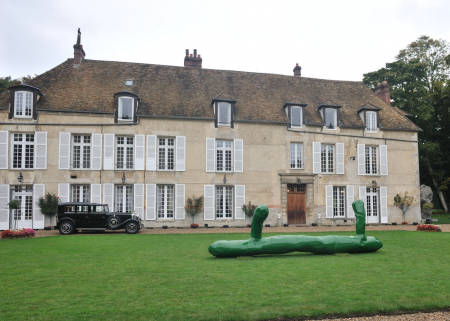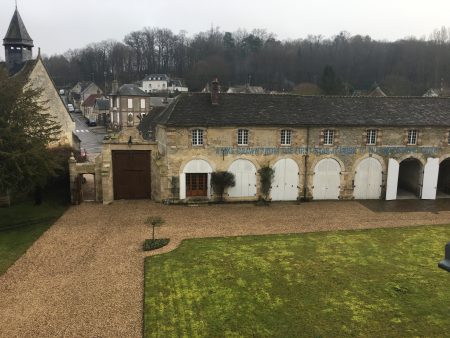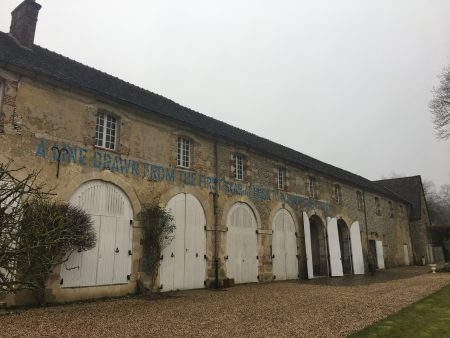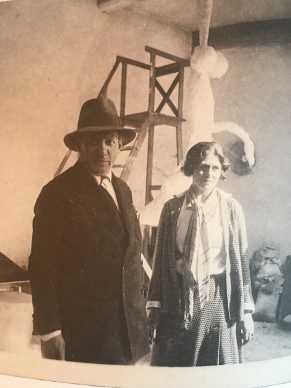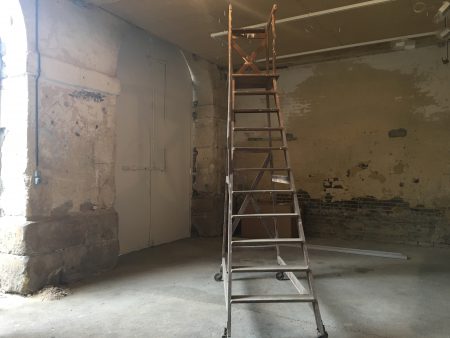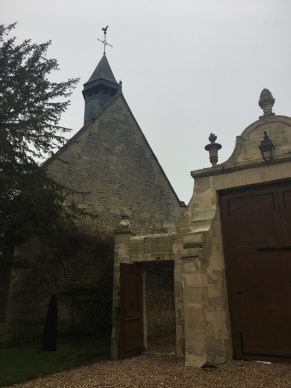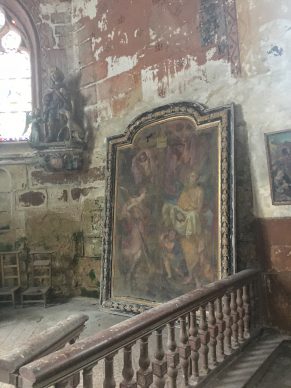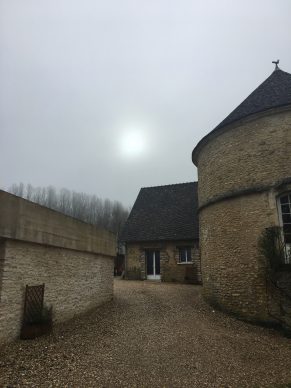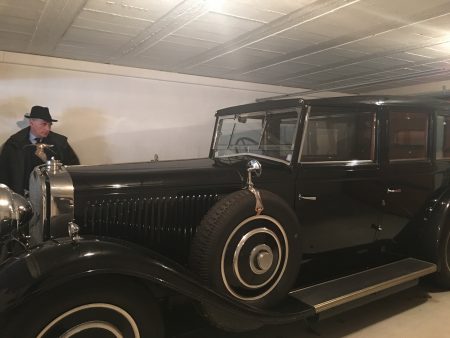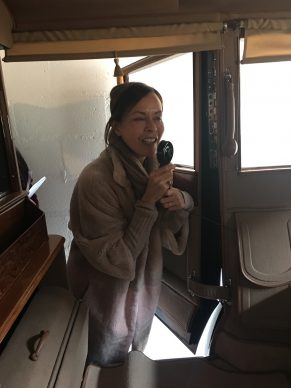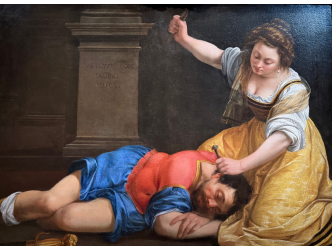True connoisseurs of Picasso will already know it well.
In the village of Gisors, an hour outside Paris, the Boisgeloup studio is whispered about in hushed tones and is central to the work of the Spanish artist.
It’s where he created a collection of exceptional sculpture-assemblages that would be photographed by Brassai yet remained unknown for a long time (see the sublime survey of Picasso’s sculptures at the Picasso Museum in Paris and MoMA in 2016).
It’s also where in 1932 Pablo Picasso produced an entire series of what would become iconic paintings of Marie-Thérèse Walter, his young, blonde-haired mistress, in the most lascivious and sensual positions imaginable. (In 2013, hedge fund manager Steven Cohen supposedly paid Steve Wynn $155 million for ‘Le Rêve’ (‘The Dream’), which was most likely painted at Boisgeloup in 1932).
As it happens, this coming October the Picasso Museum is holding an exhibition focusing exclusively on the year 1932, which will then travel to the Tate in March 2018.
As for the Boisgeloup studio, it too will be the subject of an exhibition at the Musée des Beaux Arts de Rouen from 1 April.
While Picasso loved houses, he loved women more, and it should be pointed out that it was his first wife Olga, who was officially based at Boisgeloup, especially during the war, even if Marie- Thérèse made the odd visit.
In March, the Picasso Museum in Paris is staging an exhibition about Olga, a woman who always came across as melancholic. The curators are the Picasso Museum’s Emilia Philippot and art historian Joachim Pissarro (great-grandson on the Impressionist painter Camille Pissarro) as well as Bernard Picasso, the grandson of Pablo and Olga Picasso. The latter set up a foundation with his wife, Almine Rech (well known as gallerist), whose principle objective is studying the work of Picasso.
The Olga Picasso exhibition is warranted, among other reasons, by all the discoveries made by the Fundacion Almine y Bernard Ruiz-Picasso para el Arte.
The family archives contain almost 7,000 photographs and copious correspondence.
Bernard Picasso discusses these important new discoveries in Pablo’s biography:
The Château de Boisgeloup, an 18th century building which Picasso had given to his son Paulo, is nowadays owned by Bernard Picasso. He has decided to open it by appointment in April with an exhibition of contemporary artists consisting mainly of Joe Bradley in the sculpture studio but also Louise Nevelson and Franz West, among others.
In the meantime, I paid a visit to the studio that once housed a small slice of art history. Picasso, according to his biographer Pierre Daix, had chosen it because of the size of its outbuildings.
Here he would further his researches into sculpture, a discipline he would apply himself to assiduously from 1928 onwards. The stepladder in the middle of the studio remains one of the rare witnesses of History with a capital H. The artist moved the plasters out before the war for safekeeping and to create bronzes.
Its isolated location, in the middle of a hamlet surrounded by trees, has a sublime calm.
The photographer Brassai described the Boisgeloup experience as follows: ‘Strange kind of château, most of the rooms devoid of furniture, a few large Picassos here and there on the bare walls. We also had a whistle-stop tour of the small crumbling chapel, completely covered in ivy (…) We were getting ready to leave Boisgeloup. We switched on the Hispano-Suiza’s headlights. And it was in this oblique light that I took the final photo: the illuminated façade of Picasso’s small château.’
The Hispano-Suiza, bought by the painter at the car show in 1930, is still there in Boisgeloup. Its spectacular engine is six metres long.
The deconsecrated chapel mentioned by Brassai is also there in its beautiful state of ruin.
Bernard Picasso explains what this place symbolises for him:
It was Daniel -Henri Kahnweiler, the Picasso dealer, who the brought the building to Picasso’s attention. He snapped it up in 1930. No hot water, comforts thin on the ground… He also brought a press to the château so he could print etchings, including the famous Suite Vollard.
Picasso did not return to Boisgeloup after 1935, or only very occasionally.
Boisgeloup, Olga and 1932 are but a small part of the festivities in the pipeline for the Spanish master.
In 2017 the very dynamic president of the Picasso Museum in Paris, Laurent le Bon, is launching a series of exhibitions across Europe that will stretch into 2019 called Picasso Méditerranée. There are ten shows in 2017, 21 in 2018…
Everyone will find their own Picasso somewhere.
Laurent Le Bon explains:
It’s said – although no one knows the exact numbers – that Picasso produced close to 25,000 paintings and drawings. It’s enough for a multitude of exhibitions around the world.
Let’s hope no one overdoses on Picasso.
The material is enough to set your heart racing.
www.fabarte.org
(1) Conversations with Picasso, Brassai. 1964.
(For Picasso& Olga photo @Picasso Administration – SABAM Belgium 2013)
Support independent news on art.
Your contribution : Make a monthly commitment to support JB Reports or a one off contribution as and when you feel like it. Choose the option that suits you best.
Need to cancel a recurring donation? Please go here.
The donation is considered to be a subscription for a fee set by the donor and for a duration also set by the donor.

